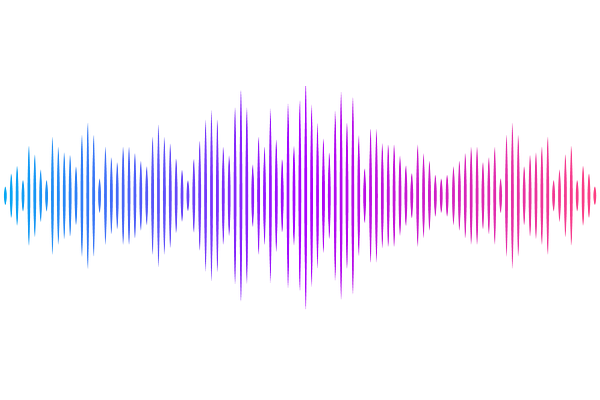Beneath the Surface: >85% of z>5.9 QSOs in Massive Host Galaxies are UV-Faint

Beneath the Surface: >85% of z>5.9 QSOs in Massive Host Galaxies are UV-Faint
R. J. Bouwens, E. Banados, R. Decarli, J. Hennawi, D. Yang, H. Algera, M. Aravena, E. Farina, A. Gloudemans, J. Hodge, H. Inami, J. Matthee, R. Meyer, R. P. Naidu, P. Oesch, H. J. A. Rottgering, S. Schouws, R. Smit, M. Stefanon, P. van der Werf, B. Venemans, F. Walter, Y. Fudamoto
AbstractWe use [CII] observations of a large QSO sample to segregate sources by host galaxy mass, aiming to identify those in the most massive hosts. [CII] luminosity, a known tracer of molecular gas, is taken as a proxy for host mass and used to rank 190 QSOs at z>5.9, spanning a 6-mag UV luminosity range (-22<Muv<-28). Particularly valuable are ALMA data from a cycle-10 CISTERN program, providing [CII] coverage for 46 UV-faint (M_{UV,AB}>-24.5) and 25 especially UV-faint (Muv>-23.5) QSOs, improving statistics by 5x and 6x, respectively. Taking massive host galaxies to be those where L[CII]>1.8x10^9 Lsol (median L[CII] of UV-bright QSOs), we identify 61 QSOs, including 13 which are UV-faint and 7 especially UV-faint. Using these selections and recent QSO luminosity functions (LFs), we present the first characterization of UV luminosity distribution for QSOs in massive host galaxies and quantify [CII] LFs for both UV-bright and UV-faint QSOs. While ~3% of massive-host QSOs are UV-bright (Muv<-26), >~85% are UV-faint (Muv>-24.5). This wide dispersion in UV luminosities reflects variations in dust obscuration, accretion efficiency, and black hole mass. Though spectroscopy is needed for definitive conclusions, black hole mass appears to be the dominant factor driving variations in the UV luminosity, based on 34 [CII]-luminous (L[CII]>1.8x10^9 Lsol) QSOs distributed across a ~3-mag baseline in UV luminosity and with measured MBH. At Muv~-23, the median extrapolated log10 (MBH/Msol) is 8.1+/-0.4, consistent with the local relation. SMBHs in UV-bright QSOs thus appear to be ~15(-9)(+25)x more massive than typical for massive host galaxies at z~6.